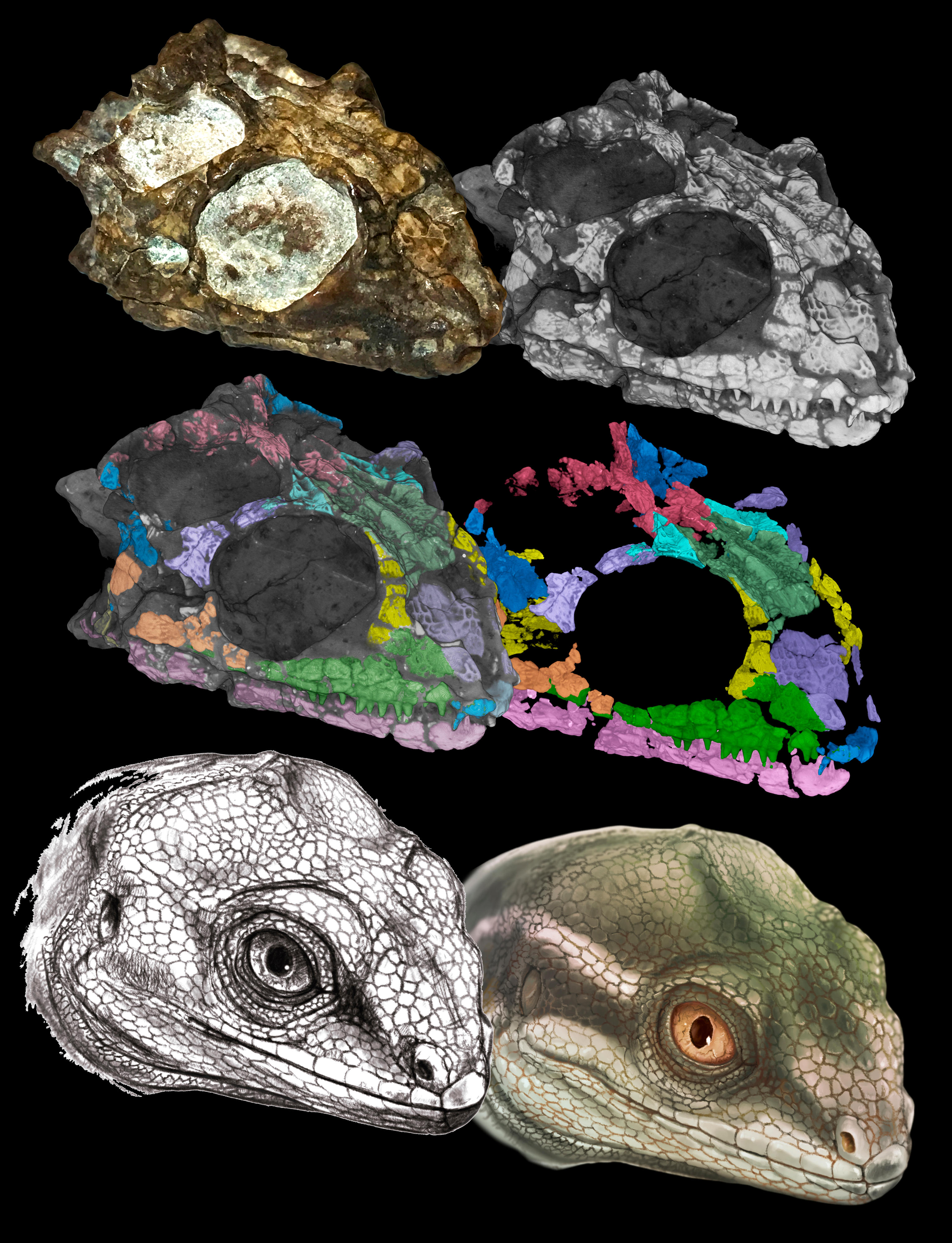Sea Level Changes Affect Eruptions
It is based on a study of Santorini which looked at sea level and eruptions. The data covers the last 360 thousand years. In that period there were 211 eruptions, 208 occurred when sea level was low.
The theory is that when sea level is high (as it is now) the pressure on the magma chamber (4km down) keeps the roof intact. When sea level drops by 40m the pressure on the magma chamber roof lessens, cracks develop, magma, in the form of dykes, moves upwards. At a sea level drop of 70m the dykes reach the surface.
The study suggests that it takes 13,000 years for the cracks to reach the surface. The eruption which may have been the demise of the Minoan Civilization occurred in 1,600BCE, the sea level was last below -40m 11,000 years ago, so we are in a quiet period as sea level continues to rise.







